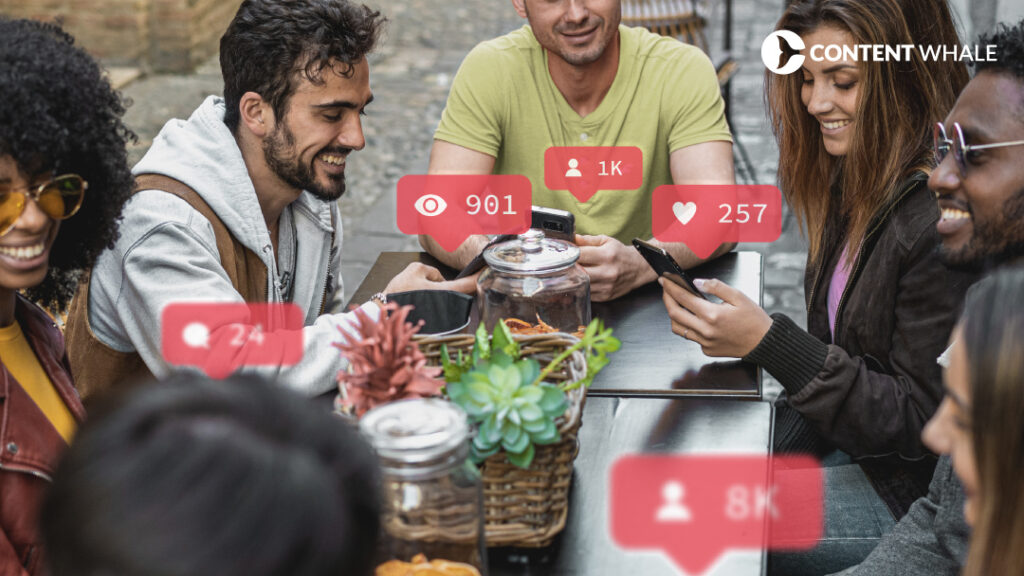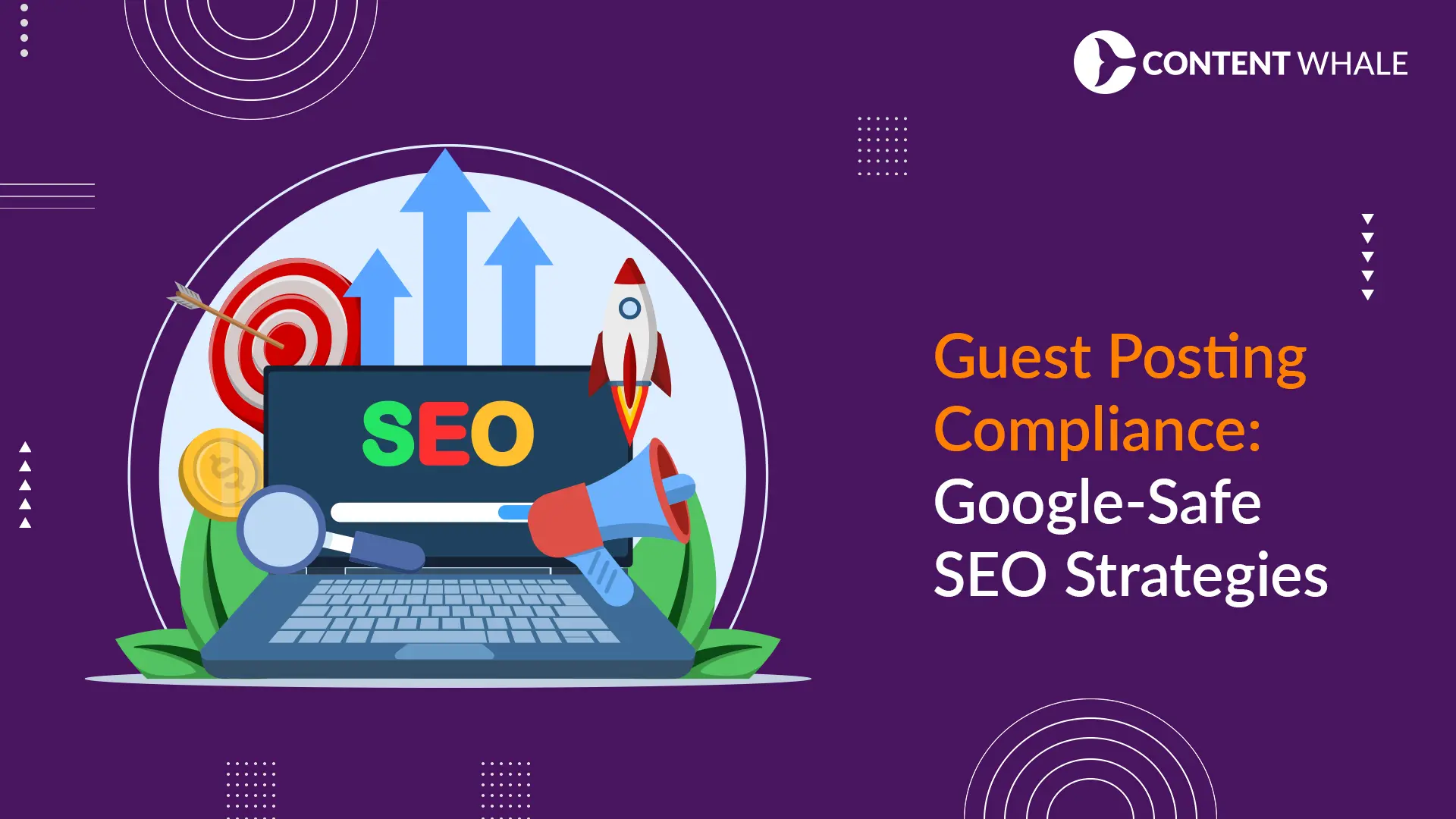What is micro-content?
You may have heard this term before, but do you know what it means and why it matters?
Micro-content is a type of digital content that is short, concise, and designed to capture the attention of the audience.
It can be anything from a catchy headline, a captivating image, a witty tweet, a viral video, or a fun meme. Micro-content is everywhere, and it is becoming more and more important in the world of digital marketing.
Why is micro-content so important? Because it is the perfect way to engage the busy, distracted, and impatient audiences of today.
People are bombarded with information and stimuli every day, and they have limited time and attention to consume content.
They want to get the gist of the message quickly, without having to read long paragraphs or watch lengthy videos.
They want to be entertained, informed, and inspired, without having to invest too much effort or energy.
Micro-content can deliver all these benefits, and more.
In this article, we will explore why and how micro-content effectively engages busy audiences.
We will also share some tips and examples on how to create impactful micro-content for your digital marketing strategy.
Whether you are a content writer, a marketer, a business owner, or a content consumer, you will find this article useful and interesting.
Understanding What is Micro-content?

Micro-content is not a new concept, but it has gained more popularity and relevance in recent years, thanks to the rise of social media and mobile devices.
Micro-content is defined as “small groups of words or visuals that can be consumed in less than 10 seconds” by Jakob Nielsen, a web usability expert.
Micro-content can be seen as a subset of content marketing, which is the practice of creating and distributing valuable, relevant, and consistent content to attract and retain a clearly defined audience.
There are many types of micro-content, depending on the format, the platform, the purpose, and the audience. Some of the most common types of micro-content are:
- Social media posts: These are short texts, images, videos, or links that are shared on social media platforms such as Facebook, Twitter, Instagram, LinkedIn, etc.
They are usually accompanied by hashtags, emojis, or captions to add context and personality.
Social media posts can be used to promote a brand, a product, a service, an event, a cause, or a personal opinion.
They can also be used to generate engagement, feedback, or conversation with the audience.
- Infographics: These are visual representations of data, information, or knowledge that are easy to understand and remember.
They can be used to explain complex concepts, illustrate trends, compare facts, or tell stories.
Infographics can be standalone or embedded in other types of content, such as blog posts, reports, presentations, or newsletters.
- Short videos: These are videos that are less than a minute long, and often less than 15 seconds.
They can be live or recorded, animated or real, educational or entertaining.
They can be used to showcase a product, demonstrate a skill, share a testimonial, or create a buzz.
Short videos can be uploaded on platforms such as YouTube, TikTok, Snapchat, or Instagram Reels, or embedded in other types of content, such as websites, blogs, or emails.
- Memes: They can be used to express opinions, emotions, or attitudes, or to poke fun at something or someone.
Memes can be shared on social media platforms, messaging apps, or websites, or embedded in other types of content, such as blogs, articles, or emails.
These are just some examples of micro-content, but there are many more.
The key is to understand the characteristics of effective micro-content, which are:
- Brevity: Micro-content is short and concise, and does not require a lot of time or attention to consume.
It uses simple words, sentences, and visuals, and avoids unnecessary details or fluff.
It gets to the point quickly, and delivers the core message or value proposition in a clear and compelling way.
- Clarity: Micro-content is easy to understand and remember, and does not leave room for confusion or ambiguity.
It uses familiar terms, concepts, and references, and avoids jargon, acronyms, or technical terms.
It uses visual cues, such as colors, fonts, icons, or images, to enhance the meaning and appeal of the content.
It follows a logical structure, and uses transitions, headings, bullet points, or numbers, to organize the content and guide the audience.
- Engagement: Micro-content is designed to capture and hold the attention of the audience, and to elicit a response or action from them.
It uses hooks, such as questions, quotes, statistics, or stories, to pique the interest and curiosity of the audience.
It uses emotions, such as humor, surprise, fear, or joy, to connect and resonate with the audience.
It uses calls to action, such as buttons, links, or hashtags, to encourage the audience to click, share, comment, or subscribe.
- Value-driven: Micro-content is not just about being short, clear, and engaging, but also about being relevant, useful, and meaningful to the audience.
It provides value to the audience, whether it is information, education, entertainment, inspiration, or motivation.
It solves a problem, answers a question, fulfills a need, or satisfies a desire. It helps the audience achieve a goal, make a decision, or improve a situation.
The Rise of the Busy Audience and Application of Micro-content

Who are the busy audiences that micro-content targets?
They are the modern, digital consumers who live in a fast-paced, information-overloaded, and constantly-connected world.
They use multiple devices, such as smartphones, tablets, laptops, or smartwatches, to access the internet anytime and anywhere.
People who have multiple sources of information, such as websites, blogs, podcasts, newsletters, or online courses, to learn and grow.
The busy audiences are not a homogeneous group, but they share some common characteristics and behaviors, such as:
- Short attention spans: The busy audiences have limited time and attention to devote to content consumption.
They are easily distracted by notifications, alerts, or messages, and they often multitask or switch between different tasks.
They have a low tolerance for boredom, complexity, or irrelevance, and they quickly lose interest or abandon content that does not meet their expectations.
According to a study by Microsoft, the average human attention span has dropped from 12 seconds to 8 seconds, which is less than that of a goldfish.
- Content skimming: The busy audiences do not read or watch content in a linear or thorough way, but rather scan or skim through it to get the main idea or the key points.
They look for cues, such as headlines, subheadings, images, captions, or bullet points, to guide their attention and comprehension.
They prefer content that is formatted in a clear, concise, and scannable way, and that highlights the most important or relevant information.
According to a study by Nielsen Norman Group, only 16% of users read web pages word by word, while 79% scan them.
- On-demand consumption: The busy audiences want to consume content when they want, where they want, and how they want.
They do not follow a fixed schedule or a predetermined sequence, but rather choose the content that suits their needs, preferences, or moods at any given moment.
They use search engines, social media platforms, or recommendation systems to find and access the content they are looking for.
These characteristics and behaviors of the busy audiences have implications for the content creation and distribution strategies of the content marketers.
They need to adapt to the changing content consumption patterns, and deliver content that is short, clear, engaging, and value-driven. They need to create micro-content.
Key Components of Data-Driven Content Marketing

Micro-content works because it aligns with the needs, preferences, and behaviors of the busy audiences.
It offers several benefits and advantages, such as:
- Psychological appeal: Micro-content appeals to the psychological needs and desires of the busy audiences.
It provides quick satisfaction, as it delivers the message or the value in a short time, without requiring too much effort or energy.
It also provides cognitive ease, as it makes the content easier to process, understand, and remember. It reduces the cognitive load, or the mental effort required to deal with information, and increases the cognitive fluency, or the ease and speed of processing information.
According to a study by Daniel Kahneman, a Nobel Prize-winning psychologist, people tend to prefer things that are easy to think about, and associate them with truth, beauty, and goodness.
- Lifestyle fit: Micro-content fits into the on-the-go lifestyle of the busy audiences.
It allows them to consume content anytime and anywhere, without interrupting their other activities or commitments or obligations.
It enables them to consume content in bite-sized chunks, without having to commit to long or complex content.
It also enables them to consume content in different formats, such as text, audio, or video, depending on their device, network, or preference.
- Higher engagement rates: Micro-content generates higher engagement rates, as it encourages the audience to interact with the content, not just passively consume it.
It prompts the audience to like, share, comment, or subscribe, which increases the reach, visibility, and impact of the content.
It also fosters a relationship and a dialogue with the audience, which builds trust, loyalty, and advocacy.
According to a study by BuzzSumo, shorter content (less than 1,000 words) tends to get more social shares than longer content (more than 2,000 words).
There are many examples of successful micro-content campaigns that have leveraged these benefits and advantages. Here are some of them:
- Dove Real Beauty Sketches: This is a short video campaign by Dove, a personal care brand, that aims to challenge the perception of beauty and self-esteem among women.
The video shows a forensic artist sketching women based on their own descriptions and those of strangers and reveals the difference between the two.
The video conveys a powerful message in less than three minutes and has been viewed over 180 million times on YouTube, making it one of the most viral videos of all time.
- Spotify Wrapped: This is an annual feature by Spotify, a music streaming service, that allows users to see their personalized statistics and highlights of their listening habits throughout the year.
The feature generates a series of colorful and catchy images that users can share on social media platforms, such as Instagram, Twitter, or Facebook.
The feature creates a sense of curiosity, excitement, and nostalgia among users, and also showcases the value and variety of Spotify’s service.
- Grammarly: This is a writing tool that helps users improve their grammar, spelling, punctuation, and clarity.
The tool uses micro-content to market its features and benefits, such as blog posts, infographics, short videos, or social media posts.
The tool also uses micro-content to provide feedback and suggestions to users, such as pop-ups, notifications, or badges.
The tool makes writing fun, easy, and engaging, and also educates and entertains users with its content.
Creating Impactful Micro-Content

Creating effective micro-content is not as easy as it may seem.
It requires a lot of creativity, strategy, and skill. Here are some tips and best practices for creating impactful micro-content:
- Understand the audience: The first and most important step is to understand who you are creating the content for, and what they want, need, or expect from you.
You need to conduct research and analysis to identify and segment your target audience, and to create buyer personas that represent their demographics, preferences, online behavior, pain points, and goals.
You also need to monitor and measure their feedback and behavior, and to adapt and refine your content accordingly.
- Tailor content to different platforms: The second step is to understand where you are creating and distributing the content, and what are the best practices and guidelines for each platform.
You need to consider the format, the length, the tone, the style, and the frequency of your content, and how they fit into the platform’s features, algorithms, and audience expectations.
You also need to optimize your content for different devices, such as mobile, desktop, or tablet, and ensure that it is responsive, accessible, and user-friendly.
- Consistency and brand voice in micro-content: The third step is to ensure that your content is consistent and coherent across different platforms and formats, and that it reflects your brand identity and values.
You need to establish and maintain a clear and distinctive brand voice, tone, and personality, and to use it consistently in your content.
You also need to use visual elements, such as colors, fonts, logos, or images, to reinforce your brand identity and recognition.
Measuring the Success of Micro-Content

Creating micro-content is not enough, you also need to measure its success and impact.
You need to define and track key metrics that indicate how well your content is performing, and how it is contributing to your business goals and objectives.
Some of the key metrics are:
- Engagement: This metric measures how much your audience is interacting with your content, and how they are expressing their interest, satisfaction, or dissatisfaction.
It includes indicators such as likes, shares, comments, views, clicks, or reactions.
Engagement is important because it shows how much your content resonates with your audience, and how it influences their perception and behavior.
- Reach: This metric measures how much your content is being seen by your audience, and how it is expanding your visibility and awareness.
It includes indicators such as impressions, followers, subscribers, or mentions.
Reach is important because it shows how much your content is spreading and attracting new or potential customers.
- Conversion rates: This metric measures how much your content is driving your audience to take a desired action, and how it is generating leads, sales, or revenue.
It includes indicators such as sign-ups, downloads, purchases, or referrals.
Conversion rates are important because they show how much your content is impacting your bottom line and return on investment.
There are many tools and platforms that can help you track and analyze these metrics, such as Google Analytics, Facebook Insights, Twitter Analytics, or YouTube Analytics.
You can use these tools to collect and visualize data, to identify patterns and trends, to compare and benchmark results, and to generate insights and recommendations.
Future of Micro-Content

Micro-content is not a fad or a trend, but a reality and a necessity in the digital marketing landscape.
It is here to stay, and it will continue to evolve and innovate.
Here are some predictions for how micro-content will change and grow in the future:
- More personalization and customization: Micro-content will become more personalized and customized to the individual preferences, needs, and behaviors of the audience.
It will use data, artificial intelligence, and machine learning to create and deliver content that is relevant, timely, and tailored to each user.
It will also use interactive and immersive technologies, such as augmented reality, virtual reality, or voice assistants, to create and deliver content that is engaging, experiential, and conversational.
- More integration and collaboration: Micro-content will become more integrated and collaborative across different platforms, formats, and channels.
It will use cross-platform and cross-device strategies to create and distribute content that is consistent, coherent, and seamless.
It will also use social media and online communities to create and distribute content that is user-generated, co-created, and crowdsourced.
- More value and impact: Micro-content will become more value-driven and impact-oriented, and not just entertaining or informative.
It will use storytelling and emotional appeal to create and deliver content that is meaningful, inspiring, and motivating.
It will also use social responsibility and sustainability to create and deliver content that is ethical, responsible, and beneficial to society and the environment.
Conclusion
Micro-content is a powerful and effective way to engage the busy, distracted, and impatient audiences of today.
It is a type of digital content that is short, concise, and designed to capture the attention of the audience.
It can be anything from a catchy headline, a captivating image, a witty tweet, a viral video, or a fun meme.
Micro-content works because it appeals to the psychological needs and desires of the audience, fits into their on-the-go lifestyle, and generates higher engagement rates.
Micro-content can be created and distributed using different platforms, formats, and strategies, but it needs to be consistent, clear, engaging, and value-driven.
Micro-content is not a new concept, but it is a growing and evolving one, and it will play a key role in the future of digital marketing.
If you want to learn more about micro-content, or if you need help with creating and distributing micro-content for your business, you can contact us.
We are a content writing company that specializes in website content writing services and seo content writing services.
We can help you create and deliver micro-content that is impactful, engaging, and effective.





